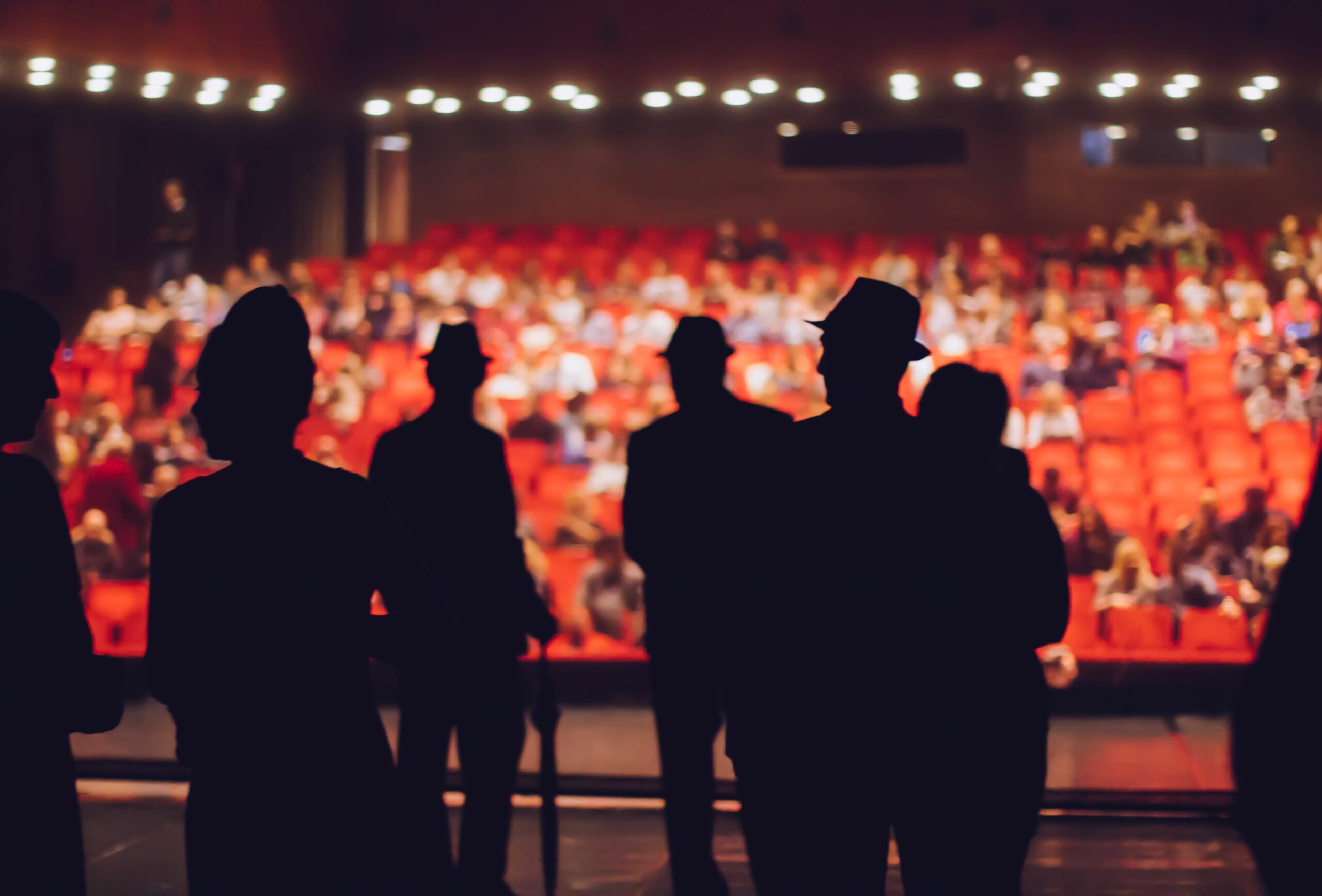Looking Back to Look Ahead
Theatre is a form of storytelling that has stood the test of time. Its power lies in its immediacy—the shared breath between actor and audience, the electric atmosphere of a live performance. For centuries, that intimacy defined what theatre was meant to be. But as technology evolves, so too must the way we bring stories to life.
I still remember the excitement of overseeing my first simulcast. It was both a bold step forward and a deeply emotional moment. That performance reached audiences who could not have been there in person: people in remote communities, individuals with mobility challenges, and younger viewers who may not have stepped into a theatre before. What we did was not just new. It was necessary.
Breaking the Walls of the Theatre
Simulcasting breaks down the physical walls of the theatre. It extends the reach of a performance beyond the building, allowing anyone with an internet connection or a screen to be a part of the experience. When we first explored this idea, some were hesitant. Would it dilute the magic of live theatre? Would people still buy tickets? Would it feel the same?
These are all fair questions. But I believe the essence of theatre is not tied to a building—it is tied to connection. If simulcasting can create new opportunities for connection, then it is not a threat to tradition. It is a continuation of it.
We have always found ways to make theatre more accessible. From open-air performances to touring productions, from radio plays to television specials, theatre has long experimented with form. Simulcasting is simply the next evolution.
Reaching New Audiences
One of the most inspiring aspects of simulcasting is its power to reach new people. In our first attempt, we received messages from viewers in regional towns who felt they were finally being included in the cultural conversation. We heard from schools that streamed the show for students. We saw elderly viewers who could no longer make the trip to the city but were thrilled to be part of something live again.
This is the real heart of innovation. It is not just about embracing new tools for the sake of novelty. It is about using them to fulfill the core mission of the arts: to engage, to inspire, and to invite.
I am often reminded that innovation and inclusion go hand in hand. Every step forward should make it easier for more people to be part of the journey.
Preserving the Live Experience
Of course, nothing replaces the energy of a theatre full of people. That moment when the lights go down, the hush falls over the audience, and something extraordinary begins—there is nothing quite like it. The key is not to replace this experience but to expand it.
Simulcasting should be done with intention. The camera angles, the sound design, the editing—every element must be approached with care so that the viewer at home or in a cinema feels immersed, not removed.
We are not just recording a play. We are translating it for a different medium while preserving its heartbeat. That takes collaboration between artists, technicians, and storytellers across disciplines. And it opens the door to exciting new partnerships.
The Artist’s Perspective
For performers, simulcasting offers both challenges and opportunities. Acting for a live audience is different from performing for a camera. There is a need to strike a balance—maintaining the scale of a stage performance while allowing the intimacy of a close-up.
But with that challenge comes growth. I have seen actors rise to the occasion with grace, adjusting their work so that both the person in the front row and the viewer on a screen 500 miles away feel something true.
There is also the opportunity to archive and celebrate work in new ways. Performances that once lived only in memory can now be revisited, studied, and shared. For young artists in training or arts educators in schools, this kind of access can be transformative.
Imagining the Future
As we look ahead, the question is not whether live performance will survive in a digital world. It is how it will adapt, thrive, and continue to lead the way in cultural innovation. Theatre has always responded to the times, and these times call for flexibility, imagination, and courage.
What if we embraced hybrid models—shows that run live but also stream? What if we partnered more deeply with education systems, community centers, and global networks to expand our reach? What if we invited audiences to engage with stories on multiple levels, from virtual reality experiences to interactive platforms that support deeper discussion?
This is not about losing our identity. It is about expanding our impact.
A Stage Without Limits
When I directed that first simulcast, I did not know exactly what would come of it. But I knew it mattered. I knew it was one step toward a more inclusive, more dynamic, and more sustainable future for the arts.
Live performance will always be rooted in presence—in the human voice, the shared moment, the collective heartbeat. But now, that presence is not limited to the theatre itself. It can travel across borders, into homes, into hearts.
As artists and leaders, we have the responsibility and the privilege to make sure that our work continues to evolve. The traditions of theatre are rich and meaningful. But they were never meant to hold us back. They were meant to guide us forward.
By combining our commitment to craft with the possibilities of technology, we can build a stage without limits. And in doing so, we will ensure that the power of live performance remains alive for generations to come.
